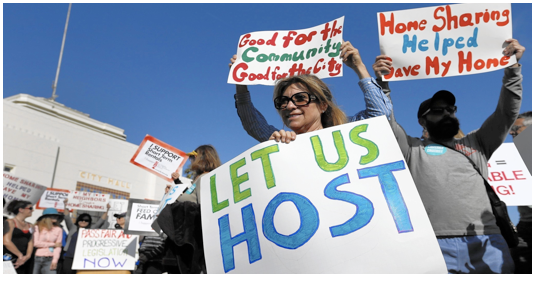DWP has More Immediate LA Issues to Fix before State’s Climate Concerns
GUEST COMMENTARY--Good intentions are great until they lead to unfavorable outcomes. Unfortunately, California’s state legislature’s good intentions may push Los Angeles residents into a tough spot.




































